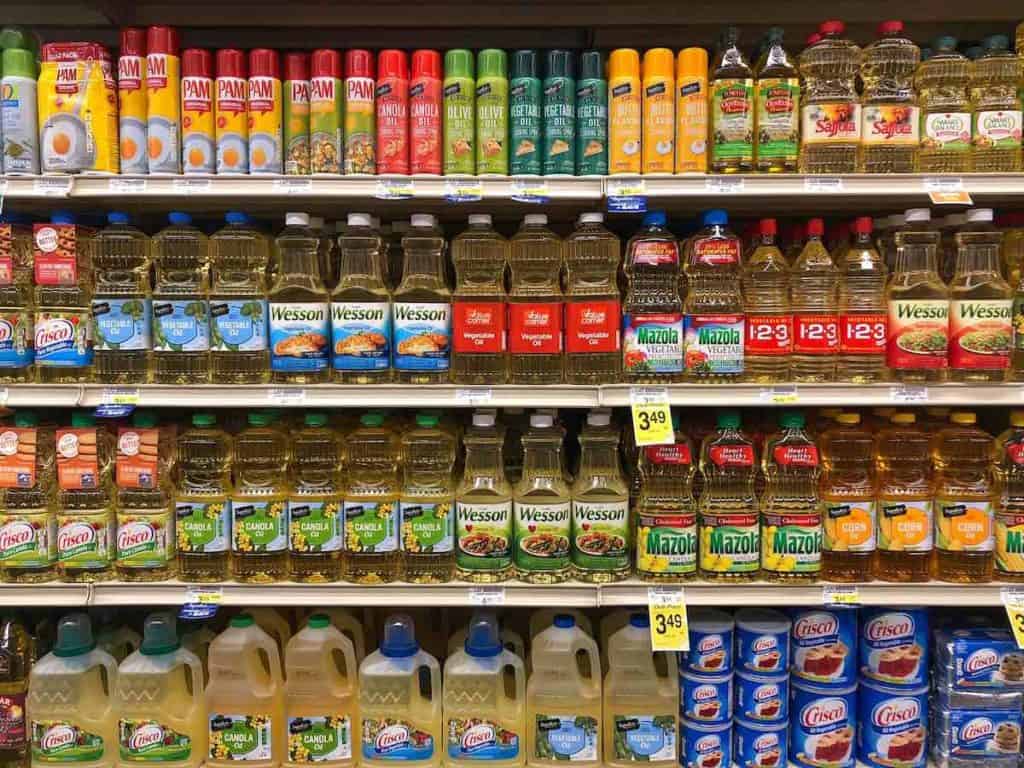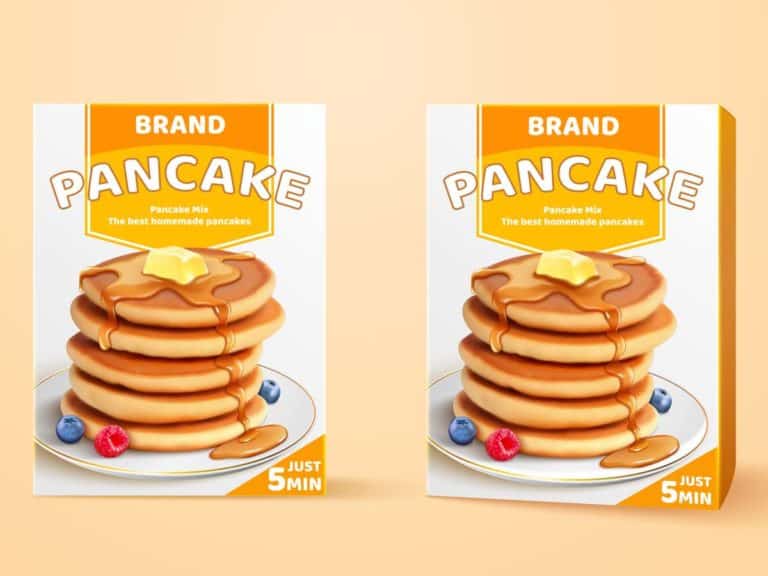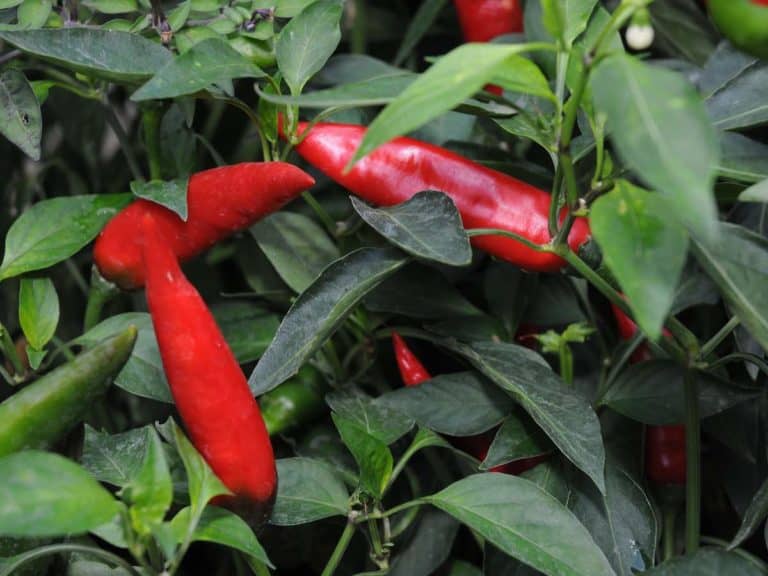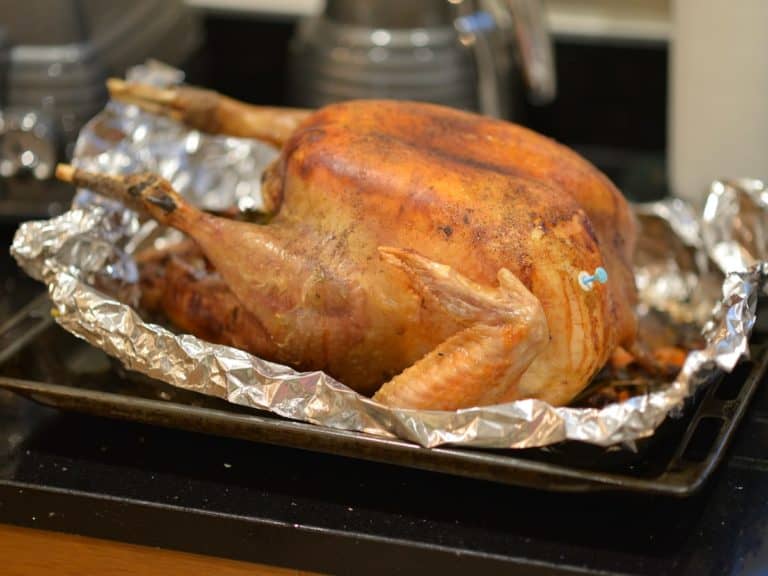Is Pam Cooking Spray Bad for You?
So, you love frying or baking something but hate food sticking to the pan. While reaching for a can of Pam cooking spray can help keep that from happening, you wonder if the product is safe to use in the kitchen.
Pam cooking spray is not bad for the health, say numerous studies and various US federal agencies. The chemicals in the product are proven safe for human consumption. However, it’s of utmost importance to use and store Pam the right way in order to prevent injuries or fires because it’s flammable.
Before you throw away that can of Pam cooking spray or cross it out of your shopping list, continue reading.
In this post, we will discuss some of the most important things you need to know about the product, thus allowing you to see for yourself once and for all whether or not it’s bad for you.

Is Pam Cooking Spray Bad for You?
Pam cooking spray is not bad for you. As a matter of fact, a single spray of the product is said to be 0% calories, fat, cholesterol and sodium, all of which may be unhealthy in excessive amounts. But 100 grams of Pam, which is equivalent to 8 tablespoons, contain small amounts of the said nutrients.
If used as directed or recommended, Pam cooking spray should not wreak havoc on your health.
However, it’s important to note that the more Pam you use, the more certain nutrients in it you end up consuming, which is worth noting if you are watching your weight or overall wellness.
Let’s take a quick look at what 100 grams of Pam (about 8 tablespoons) contain:
- Calories: 792 kilocalorie
- Fat: 79 grams
- Cholesterol: 0 grams
- Sodium: 59 milligrams
- Protein: 0.3 milligrams
- Carbohydrates: 21 grams
- Dietary fiber: 0 milligrams
Why Do Some People Think Pam Cooking Spray is Unhealthy?
Some people think that Pam cooking spray is unhealthy mainly because it’s cooking oil, which is commonly associated with obesity and heart disease. Others assume that Pam is unhealthy for the fact that it has genetically modified organism (GMO) ingredients. GMO is linked to cancer and other health issues.
Online, it’s easy to come across posts saying that you should steer clear of Pam cooking spray because it’s bad for the health since it contains questionable ingredients.
At the top of the list of ingredients that many consider problematic are GMO ones.
Just like what’s mentioned earlier, GMO stands for genetically modified organism. The name alone makes it pretty clear what GMOs are: organisms, such as plants, whose genetic makeup has been modified in order to make them more resistant to pests and diseases as well as make them more nutritious and, in some instances, more delicious.
Numerous health experts and health-conscious individuals believe that GMO products may cause cancer. They also often link GMOs to heart disease, obesity, digestive disorders, infertility, depression and many others.
However, GMOs, such as some of the ingredients of Pam cooking spray, are safe for human and even animal and plant health, says various federal agencies such as the US Environmental Protection Agency (EPA), the US Department of Agriculture (USDA) and, of course, the US Food and Drug Administration (FDA).
In addition, in 2016, a study by the National Academies of Science, Engineering and Medicine (NAS), which consisted of a panel of over 20 scientists, agricultural experts and others, concluded that GMOs are safe to eat.
What is Pam Cooking Spray Made Of?
The ingredients in a can of Pam cooking spray are canola oil, palm oil, coconut oil, soy lecithin, dimethyl silicone, rosemary extract and propellant. At the bottom of the list of ingredients, the fact that Pam contains soy is highlighted in order for those with soy allergies to be warned and avoid using the product.
In order to know whether a product is healthy or may put your health at risk, in most instances, all you have to do is take a look at the packaging and zoom in on the list of ingredients.
Let’s get to know quickly what every spray of Pam you make contains:
- Canola oil. Simply put, canola oil is extracted from canola seeds. The majority of canola oil these days is GMO, which is why Pam cooking spray is getting some flak.
- Palm oil. Unlike canola oil, palm oil is non-GMO. Many love the fact that palm oil is high in antioxidants. One of them is vitamin E, which is good for the heart, brain and skin.
- Coconut oil. According to scientists, coconut oil’s fatty acids are unique, which is why it’s highly resistant to oxidation at high heat. Needless to say, it’s great for high-heat cooking methods like frying and grilling.
- Soy lecithin. Present in Pam cooking spray in small amounts only, soy lecithin is tasked with keeping the product from breaking down as well as giving it a non-stick property.
- Dimethyl silicone. An anti-foaming agent, dimethyl silicone’s role is simple: to keep foam from forming. While it sounds like it’s a dangerous chemical, the body can get rid of it through the bowels, experts say.
- Rosemary extract. No, rosemary extract is not added for Pam to give it a savory flavor. Rather, it is there to extend the shelf life of the product — rosemary extract is a safe and effective preservative.
- Propellant. Thanks to propellant, the contents of Pam cooking oil are expelled from the can as we know it. Just about any other sprayed food product has propellant, too.

Healthier Alternatives to Pam Cooking Spray
While Pam cooking spray is not bad for the health, there are alternatives to it that can be regarded as healthier only because they do not have some added or unnecessary ingredients. Some of them include regular vegetable oil, olive oil, butter and margarine. For baking, parchment paper or flour may be used.
No matter if you want to stay away from Pam cooking spray because you still have doubts or a can of it is not available in your kitchen, there are things you can use instead of the product.
Here are some of the top alternatives to a can of Pam:
- Vegetable oil. You can rest assured that regular vegetable oil doesn’t contain propellant.
- Vegetable shortening. Besides baking, vegetable shortening can be used for frying as well.
- Olive oil. Whether for cooking or dressing or sauce-making, olive oil is the top choice of many.
- Butter. One of the nicest things about using butter for baking or frying is that it lends its flavor to food.
- Margarine. Many opt for margarine instead of butter because it is friendlier to the heart.
- Parchment paper. Even before Pam, many have been using parchment paper to fend off sticking.
- Flour. Evenly distributing flour on the baking tray or pan works wonderfully, too.
Just Before You Spray Pam Cooking Spray
It’s true that, unlike regular cooking oil, Pam cooking spray contains all kinds of ingredients. Some of them include GMO products, anti-foaming agents, preservatives and propellants. However, many health experts agree that there is no proof that they can cause health problems such as cancer and heart disease.
Make sure that you use Pam as directed by the manufacturer or the recipe for best results.
Related Questions
Is Pam cooking spray flammable?
According to the manufacturer itself, Pam cooking spray is flammable as it contains propellant. That is why the product should not be used on heated surfaces or near an open flame. Similarly, a can of Pam should not be placed near heat sources or stored above 120°F (49°C). Puncturing the can is also a no-no.
Can you use Pam butter spray on toast?
While it’s safe to spray Pam butter spray directly on toast, it’s not really the best idea out there. That’s because it will make your toast greasy and not as buttery as you would imagine. Here’s what you can do instead: spray some Pam butter on a skillet, switch on the stove and toast slices of bread in it.





